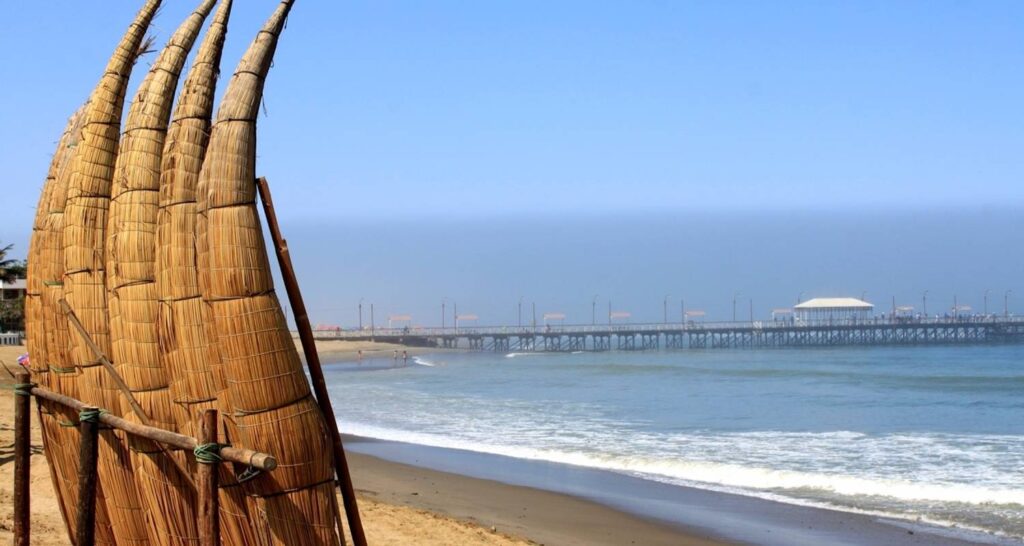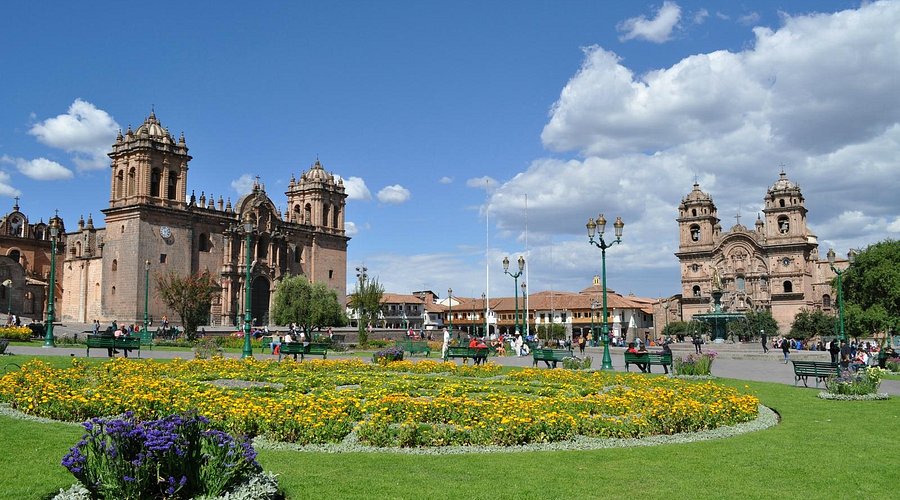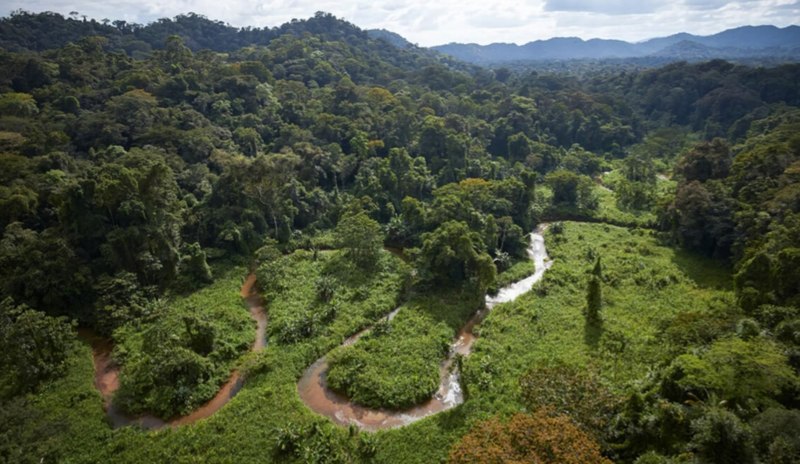Peru is a land of striking contrasts, where geographic and climatic diversity astounds at every turn. From the crashing waves of the Pacific, across the towering Andes, and into the vast, vibrant Amazon rainforest, this South American country is a unique blend of climates, cultures, and living history.
This blog is designed to be your compass on a climate-focused journey through Peru. We’ll provide all the essential information you need to plan your ideal trip to this magical land, home to the iconic citadel of Machu Picchu. Ready to dive into the most complete guide on Peru’s climate?
What is the climate like in Peru?
Peru’s climate is incredibly varied—a true palette of seasons coexisting thanks to its contrasting geography. Three main regions—the coast, the highlands, and the jungle—create unique climate scenarios that offer diverse experiences no matter the time of year.
Climate on the Peruvian Coast
The Peruvian coast, shaped by the cold Pacific currents, enjoys a mostly arid climate with sunny days nearly year-round. From the warm beaches of the north to the deserts of the south, this region is ideal for outdoor activities and sunbathing.
Northern Coast (Tumbes and Piura)
The climate here is warm and pleasant all year, with summer temperatures easily surpassing 30°C (86°F). A paradise for surf, sun, and tropical beach lovers.
Central Coast (Lima and Trujillo)
Lima has a peculiar climate: from June to September, the city is blanketed in a fine mist called garúa, keeping temperatures mild (12°C to 19°C / 54°F to 66°F). In summer, however, days are sunnier—perfect for exploring the city and enjoying its famous seafood cuisine.
Southern Coast (Arequipa, Ica, Tacna)
Further south, the climate becomes even drier, with warm days and cool nights. This area is known for its sand dunes, vineyards, canyons, and ancient cultural heritage.

Climate in the Peruvian Highlands
As you ascend into the Andes, the climate changes dramatically. Altitude and mountainous geography create an environment with mild days and clear skies, but often very cold nights.
Dry Season (April to October)
Perfect for trekking and exploration. Daytime temperatures range from 12°C to 24°C (54°F to 75°F), while nighttime temperatures can drop below 0°C (32°F) in high-altitude areas. A great time for hiking the Inca Trail under clear skies and spectacular scenery.
Rainy Season (November to March)
While days remain mild, rainfall becomes frequent. Night temperatures are generally milder. This is an ideal time to enjoy the lush green landscapes of the Andes.
Climate in Machu Picchu
Located in a mountainous and humid setting, Machu Picchu offers temperate weather year-round. During the dry season (April to October), conditions are ideal for hiking and photography. In the rainy season (November to March), showers are more frequent but often brief. Temperatures typically range from 10°C to 25°C (50°F to 77°F).

Climate in the Peruvian Jungle
The Peruvian Amazon is characterized by its warm, humid, and rainy tropical climate. Nature thrives here with lush forests, abundant wildlife, and pure air.
Rainy Season (December to May)
This is the wettest period, with heavy rainfall that revitalizes the jungle. Though travel may be more challenging, biodiversity is at its peak.
Dry Season (June to November)
Rain is less frequent, making it easier for boat tours, excursions, and visits to indigenous communities. Temperatures remain steady between 25°C and 32°C (77°F to 90°F).

Microclimates in Peru
Thanks to its rugged topography, Peru has many microclimates. For instance, the Sacred Valley has a milder climate than the city of Cusco, while high Andean areas may experience snow and frost even during sunny months.
When is the best time to travel to Peru?
- For visiting Machu Picchu and the Andes: April to October (dry season) is best for hiking and archaeological tourism.
- For enjoying the coast: Summer (December to March) is ideal for beaches and seafood cuisine.
- For exploring the Amazon jungle: The dry season (June to November) is preferable due to less rainfall.
What to Pack for Peru
- Personal documents and passport
- Layered clothing for climate changes
- Waterproof jacket
- Comfortable hiking shoes
- Hat or cap and sunglasses
- Sunscreen
- Lightweight backpack for excursions
- Camera or smartphone with a good camera
- Headlamp or flashlight
- Cash in soles
- Trekking poles (optional but helpful)
Frequently Asked Questions About Peru’s Climate
- When is it hottest in Peru?
During summer, especially from December to March, on the coast and in the east. - What is the hottest place in Peru?
The northern coast (e.g., Tumbes and Piura) and some jungle regions are the warmest. - When does the rainy season start?
Rain usually begins in November in the highlands and jungle. - When is it cold in Peru?
Highland nights can get very cold, especially from June to August. - What’s the coldest place in Peru?
High-altitude areas like Puno or the Huascarán snow-capped peak. - Where does it rain the most?
The Amazon rainforest, especially in Loreto and Ucayali. - Where is the best climate in Peru?
Many say the Sacred Valley has the best weather—mild, sunny, and with little rain. - Where can you see snow?
In the Andes, especially above 4,000 meters (13,000 ft), snow is common during certain months. - When is winter in Lima?
From June to September, when the city is covered in garúa and temperatures drop.